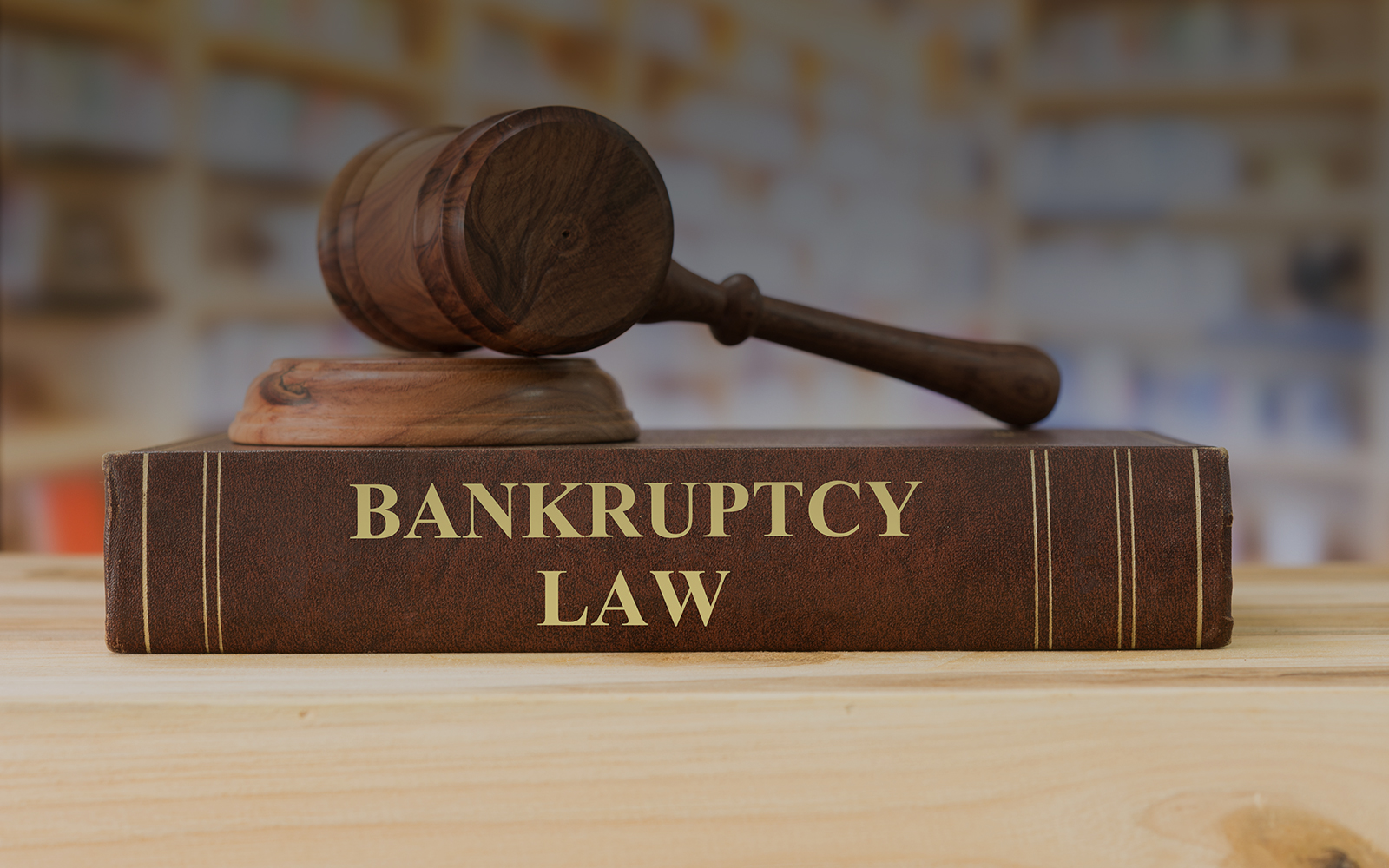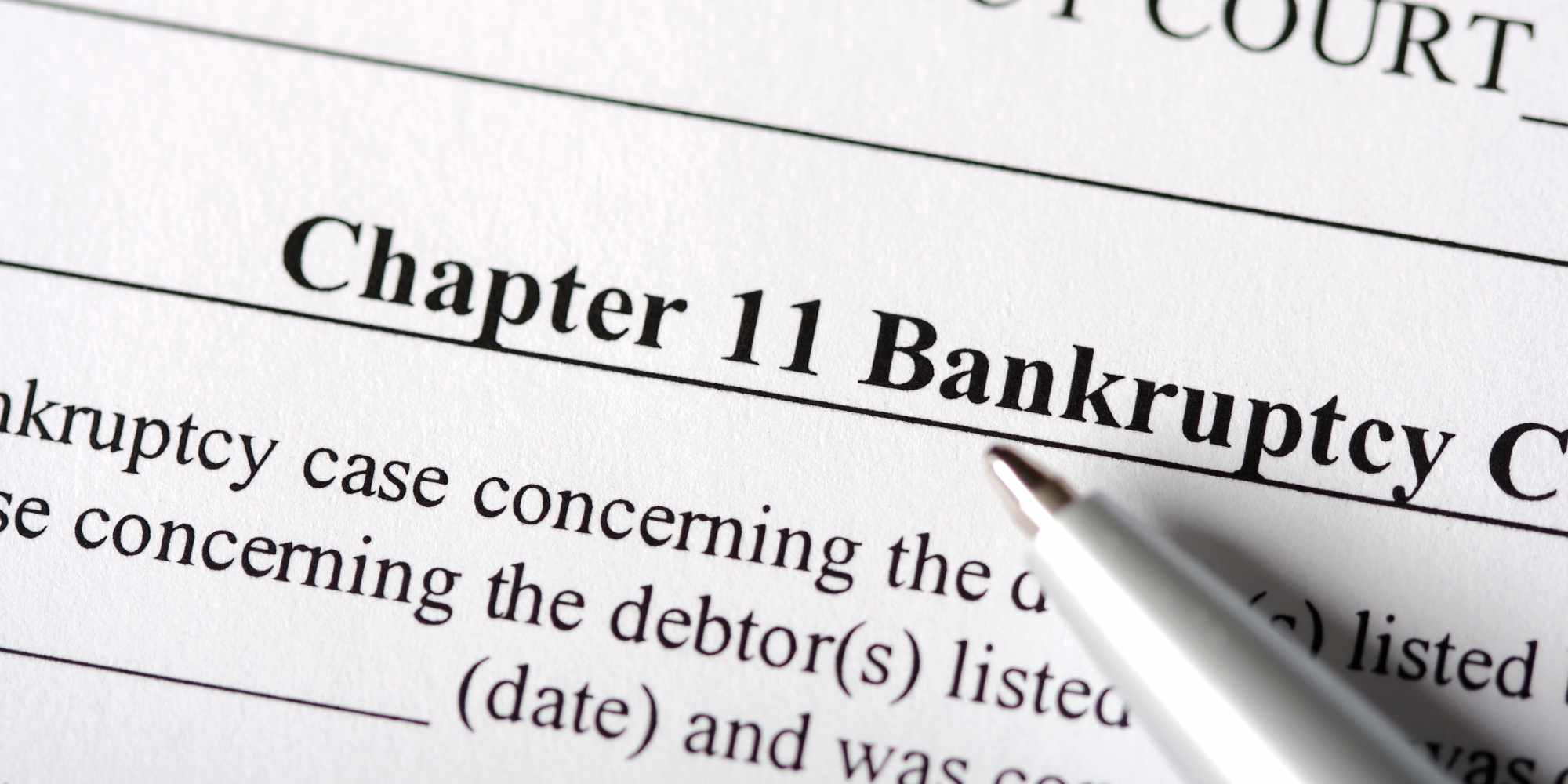Navigating the complexities of bankruptcy can be daunting, but with Bankruptcy Chapter 7 Texas, you can take control of your financial situation. This guide will walk you through the process, exemptions, and alternatives, empowering you to make informed decisions and regain financial freedom.
Bankruptcy Chapter 7 Texas provides a lifeline for individuals struggling with overwhelming debt. It offers a fresh start by discharging eligible debts, protecting your property, and guiding you towards financial recovery.
Chapter 7 Bankruptcy Process in Texas

Filing for Chapter 7 bankruptcy in Texas can be a complex and overwhelming process, but it’s crucial to understand the steps involved to navigate it effectively. Here’s a comprehensive overview of the process:
Before initiating the bankruptcy process, it’s essential to determine if you qualify for Chapter 7 bankruptcy. Eligibility is based on your income, assets, and debts. To be eligible, your income must be below the median income for your state and household size. Additionally, you must pass a means test to demonstrate that you cannot repay your debts.
Steps Involved in Filing for Chapter 7 Bankruptcy in Texas
The process of filing for Chapter 7 bankruptcy in Texas typically involves the following steps:
- Filing a Petition: The first step is to file a petition with the bankruptcy court. This petition includes detailed information about your income, assets, debts, and expenses.
- Automatic Stay: Once you file your petition, an automatic stay goes into effect. This stay prevents creditors from contacting you or taking any collection actions against you.
- Meeting of Creditors: Within 21 to 40 days of filing your petition, you will attend a meeting of creditors. At this meeting, you will be questioned under oath about your financial situation and assets.
- Discharge of Debts: If your bankruptcy is approved, you will receive a discharge of debts. This means that most of your debts will be forgiven, and you will no longer be legally obligated to repay them.
Timeline of Key Events in the Chapter 7 Bankruptcy Process in Texas
The timeline for Chapter 7 bankruptcy in Texas can vary depending on the specific circumstances of your case. However, here is a general timeline of the key events:
- Filing the Petition: The process begins when you file your bankruptcy petition with the bankruptcy court.
- Automatic Stay: The automatic stay goes into effect immediately upon filing your petition.
- Meeting of Creditors: The meeting of creditors typically occurs within 21 to 40 days of filing your petition.
- Discharge of Debts: If your bankruptcy is approved, you will receive a discharge of debts typically within 90 to 120 days of filing your petition.
It’s important to note that the Chapter 7 bankruptcy process can be complex and time-consuming. It’s advisable to seek professional guidance from an experienced bankruptcy attorney to ensure that your rights are protected and the process is handled efficiently.
Exemptions and Property Protection

Filing for bankruptcy under Chapter 7 in Texas comes with certain exemptions that allow debtors to protect their assets from liquidation. These exemptions vary depending on the type of property and the debtor’s circumstances, but they generally cover essential items like clothing, household goods, and a certain amount of equity in a home or vehicle.
Filing for bankruptcy chapter 7 in Texas can be a daunting process, but it can also be a fresh start. If you’re looking for a way to escape the clutches of debt, then you should consider filing for bankruptcy. Bankruptcy can help you get rid of your debts and start over with a clean slate.
For more information on bankruptcy chapter 7 in Texas, check out unholy blood chapter 1 . This website provides a wealth of information on bankruptcy, including how to file for bankruptcy, what to expect during the bankruptcy process, and how to rebuild your credit after bankruptcy.
Understanding these exemptions is crucial for debtors to ensure they can retain their essential belongings and minimize the financial impact of bankruptcy. Failing to claim exemptions properly can result in the loss of valuable assets, so it’s important to consult with an experienced bankruptcy attorney to determine which exemptions apply and how to protect your property.
Bankruptcy Chapter 7 in Texas can be a daunting process, but there are resources available to help you navigate it. If you’re looking for a distraction while you’re going through this tough time, why not check out codename anastasia chapter 32 ? It’s a thrilling read that will keep you on the edge of your seat.
And when you’re ready to get back to dealing with bankruptcy chapter 7 in Texas, you’ll have a renewed sense of determination.
Available Exemptions
- Homestead Exemption: Up to $25,000 of equity in a primary residence.
- Motor Vehicle Exemption: Up to $10,000 of equity in one vehicle.
- Personal Property Exemption: Up to $50,000 of value in personal property, including clothing, furniture, and electronics.
- Tools of the Trade Exemption: Up to $25,000 of value in tools and equipment used for work.
- Wild Card Exemption: Up to $10,000 of value in any property that doesn’t fall under other exemptions.
Protecting Property from Liquidation
To protect property from liquidation, debtors must claim their exemptions on the bankruptcy petition. This involves identifying the property, its value, and the specific exemption that applies. The bankruptcy court will review the claims and determine whether they are valid. If an exemption is approved, the property will be excluded from the bankruptcy estate and will not be sold to pay creditors.
Consequences of Failing to Claim Exemptions
Failing to claim exemptions properly can have severe consequences. Unclaimed property may be sold by the bankruptcy trustee to pay creditors, leaving the debtor without essential belongings. Additionally, debtors may lose the opportunity to protect certain assets from future creditors if they fail to claim exemptions during bankruptcy.
Discharge of Debts: Bankruptcy Chapter 7 Texas

In Chapter 7 bankruptcy, most unsecured debts can be discharged, meaning they are wiped out and you are no longer legally obligated to pay them. This includes debts such as credit card balances, medical bills, and personal loans.
Bankruptcy Chapter 7 in Texas can be a daunting experience, but it can also be a chance to start a new chapter in life . Filing for bankruptcy can help you get out of debt and rebuild your credit. It can also give you a fresh start and allow you to move on from your financial troubles.
If you are considering filing for bankruptcy, it is important to talk to an attorney to learn more about your options.
Exceptions to Discharge
However, there are some exceptions to discharge, which means that certain types of debts cannot be wiped out in bankruptcy. These exceptions include:
- Certain types of taxes, such as income taxes, property taxes, and sales taxes.
- Student loans, unless you can prove that repaying them would cause you undue hardship.
- Debts for alimony or child support.
- Debts incurred through fraud or criminal activity.
Process for Obtaining a Discharge
To obtain a discharge of your debts, you must file a petition with the bankruptcy court. The court will then review your petition and determine whether you are eligible for a discharge. If you are eligible, the court will issue an order discharging your debts.
Consequences of Failing to Receive a Discharge
If you are not granted a discharge, your debts will not be wiped out. This means that you will still be legally obligated to pay them. You may be able to negotiate a payment plan with your creditors, but you will not be able to simply walk away from your debts.
Alternatives to Chapter 7 Bankruptcy

Not everyone who is struggling with debt is eligible for Chapter 7 bankruptcy. And even if you are eligible, it may not be the best option for you. There are a number of other debt relief options available, including Chapter 13 bankruptcy and debt consolidation.
Chapter 13 Bankruptcy
Chapter 13 bankruptcy is a reorganization bankruptcy. This means that you will not be able to discharge your debts, but you will be able to create a repayment plan that will allow you to pay off your debts over time. Chapter 13 bankruptcy can be a good option for people who have a regular income and who are able to make monthly payments.
Debt Consolidation
Debt consolidation is a process of combining all of your debts into a single loan. This can make it easier to manage your debt and can often lead to lower interest rates. Debt consolidation can be a good option for people who have good credit and who are able to qualify for a low-interest loan.
Which Option Is Right for You?
The best way to determine which debt relief option is right for you is to speak with a qualified bankruptcy attorney. A bankruptcy attorney can help you understand your options and can help you make the best decision for your financial situation.
Resources for Obtaining Professional Advice and Assistance with Debt Relief Options, Bankruptcy chapter 7 texas
– The National Association of Consumer Bankruptcy Attorneys (NACBA): https://www.nacba.org
– The American Bankruptcy Institute (ABI): https://www.abi.org
– The United States Bankruptcy Court: https://www.uscourts.gov/bk
Last Word

Remember, bankruptcy is not a failure but an opportunity to rebuild your financial foundation. By understanding the process, exploring alternatives, and seeking professional guidance, you can emerge from this chapter stronger and more financially secure.